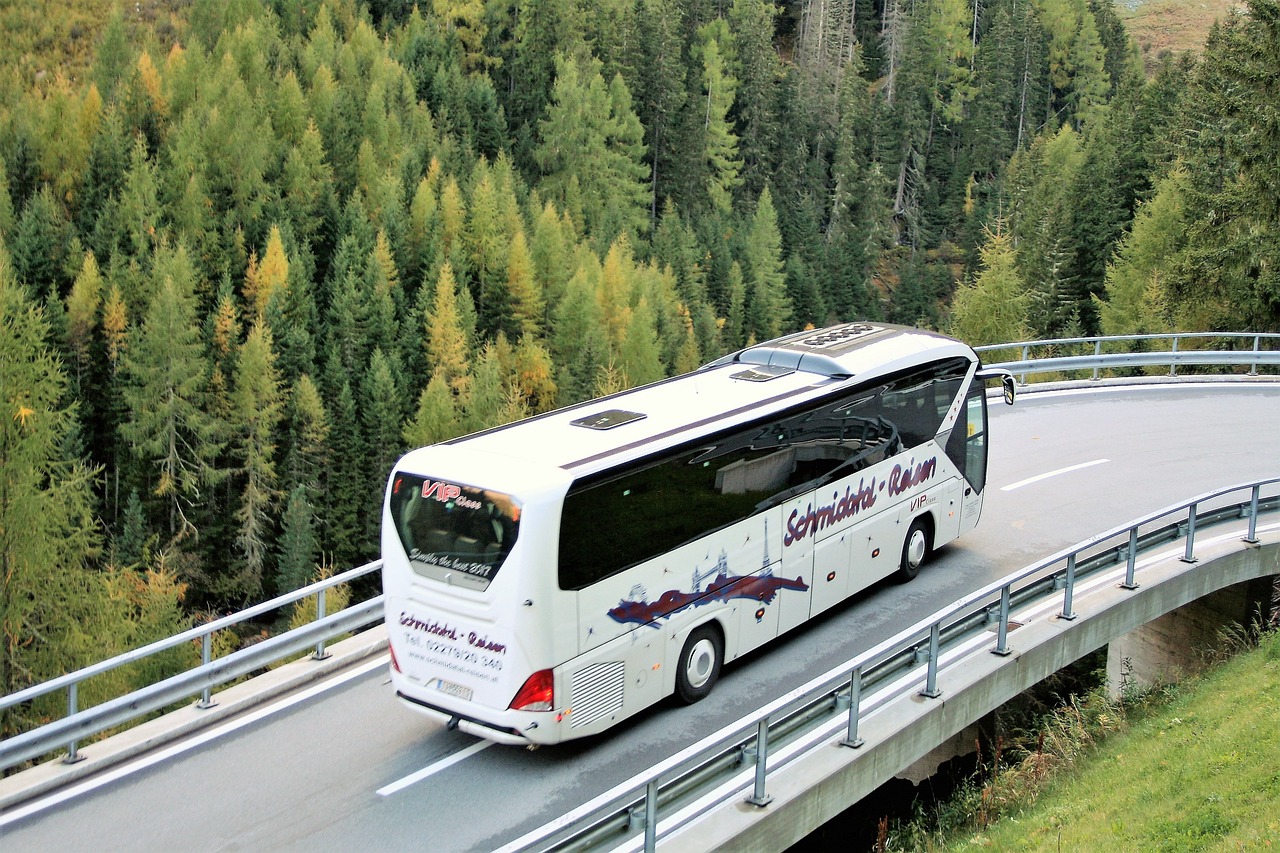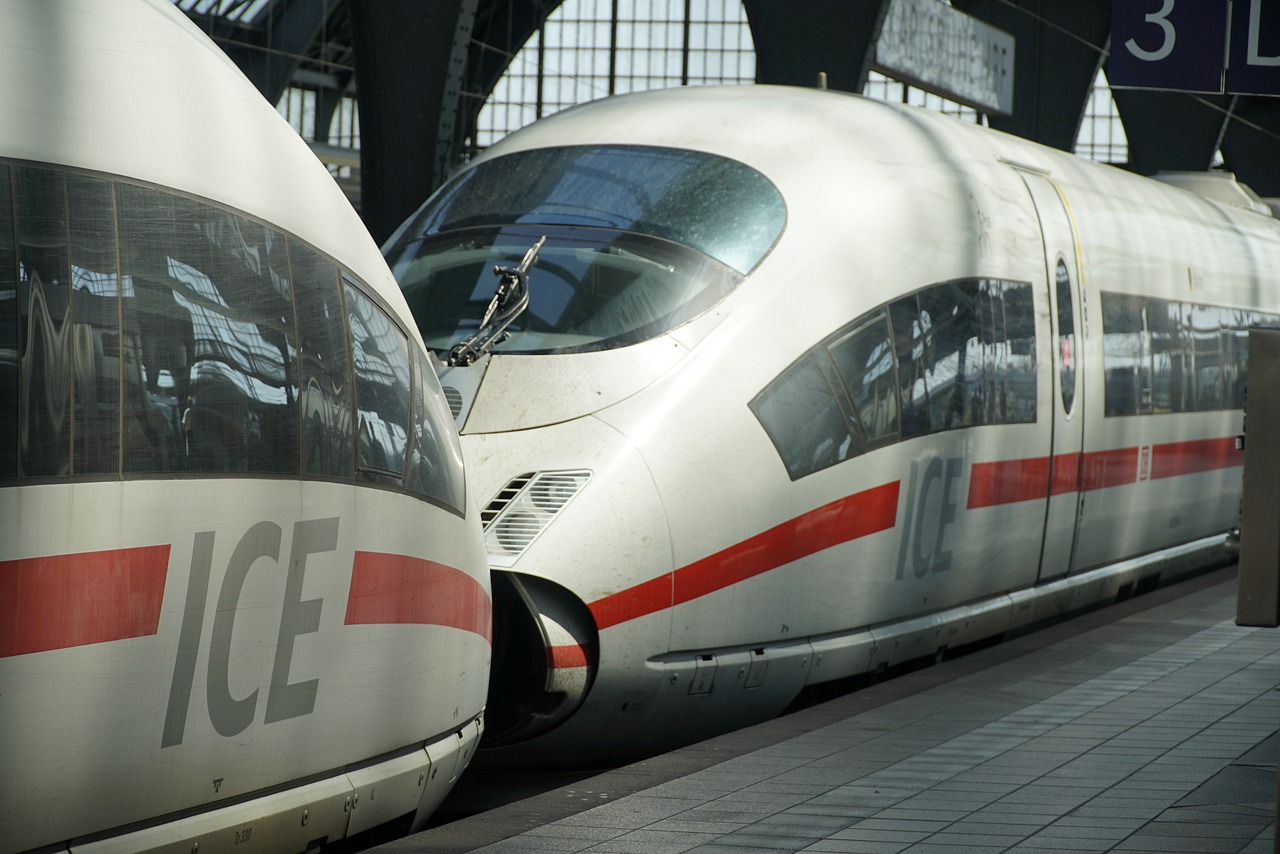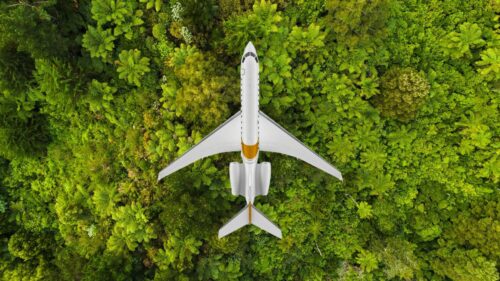Current Sustainability Initiatives in Aviation
Balázs Németh, Manager of Sustainability & CSR at Brussels Airlines, outlines the company’s comprehensive sustainability strategy, built on the principles of avoid, reduce, and compensate. “We aim to halve our carbon emissions by 2030. Our initiatives include developing intermodal offers with partners to ensure the first or last leg of the journey can be covered by buses or trains, which are more sustainable.” Brussels Airlines is on a mission to make every flight count – literally. The airline’s commitment extends to continuous fleet renewal and operational efficiencies such as single-engine taxiing and direct flight routes to minimise fuel burn.
Brussels Airlines is also investing in sustainable aviation fuels (SAFs). These fuels, derived mainly from waste oils, offer a more environmentally friendly alternative to conventional jet fuels. “Although SAFs are currently more expensive and less widely available, they represent the most tangible way to reduce carbon emissions from flying,” Németh explains. The airline also provides carbon reduction certificates to partners who purchase SAFs, supporting transparent and accountable sustainability practices.
On a wider scale, SkyTeam’s global network launched The Sustainable Flight Challenge in 2022. “This harnesses the power of friendly competition to drive new innovations and solutions to help reduce air travel’s environmental impact in the short to medium term, while the industry develops new technologies and secures alternative fuel sources in the longer term. To date, the challenge has generated 465 different solutions to help reduce air travel’s footprint across all areas of operations,” says Gea van Beek, Manager of Global Meetings at SkyTeam.

While SkyTeam’s first two Flight Challenges focused on finding new ideas, this year’s Challenge is about putting these solutions into practice to show how they might be effectively scaled and rolled-out across the wider industry. Participating airlines agree to share their findings and within this framework, all members can benefit from operational best practices and innovations, working together to trial or pilot new techniques to reduce aviation’s environmental impacts.
While SkyTeam’s first two Flight Challenges focused on finding new ideas, this year’s Challenge is about putting these solutions into practice to show how they might be effectively scaled and rolled-out across the wider industry. Participating airlines agree to share their findings and within this framework, all members can benefit from operational best practices and innovations, working together to trial or pilot new techniques to reduce aviation’s environmental impacts.
“As part of last year’s Challenge, Kenya Airways played a leading role in pioneering the use of SAF in Africa by developing new supply chains using local feedstocks and production plants, and engaging with stakeholders to operate the first international flight using SAF in Africa. Meanwhile, KLM Cityhopper reduced waste on its Challenge flights to such an extent that a total of only 12kg of waste was generated for the 192 passengers on board – a mere 62 grams per person. The IATA industry average is 1.43kg of waste per passenger,” van Beek says.
The Role of Intermodal Travel in Enhancing Sustainability
“Even with advanced public transport systems, the impact on door-to-door travel emissions is limited compared to aviation. However, seamless connections between modes of transport can still contribute positively”.
Mohamed Mezghani, Secretary General, UITP
A more realistic step towards sustainable mobility is intermodal travel, which integrates multiple modes of transportation. According to Mohamed Mezghani, Secretary General of UITP: “Public transport is essential for sustainable urban mobility, contributing directly to 14 of the 17 UN Sustainable Development Goals. It emits significantly less CO2 per passenger than private cars and helps reduce congestion and pollution in cities”.
Brussels Airlines collaborates with public transport operators like Flibco for shuttle services and BeNeRail for train connections, facilitating seamless transitions for passengers. “Intermodality will be key in the coming years,” Németh says, “especially for short distances and connecting passengers from regions to airports sustainably”. Such partnerships ensure that passengers can smoothly transition from one mode of transport to another, enhancing the overall travel experience while reducing environmental impact.


Mezghani also highlights the importance of integrating various transport modes to create a cohesive and efficient travel network. “Many cities already have direct and frequent public transport access to airports by train, metro, tram, or bus services, offering a seamless journey to travellers. In Venice, you can take a ferry to and from the airport. Some cities, like Geneva, offer free public transport tickets to people landing at the airport”.
Benefits to Associations and Event Organisers
For associations, integrating sustainable travel into event planning goes beyond a nice-to-have idea. Associations committed to reducing their carbon footprint can benefit from Brussels Airlines’ initiatives. Németh notes: “We offer all travellers dedicated fares and flexible booking options that include investments in Sustainable Aviation Fuel, significantly reducing carbon emissions from flights”.
Public transport also offers tangible benefits for events. “Cities with direct rail connections to airports see higher hotel revenues,” Mezghani points out, “and initiatives like free public transport tickets from the airport in cities like Geneva offer a warm welcome while promoting sustainability”. Moreover, such integrations can increase attendee satisfaction by offering more convenient and environmentally friendly travel options. Happier attendees on a happier planet.
Challenges and Solutions
Implementing sustainable and intermodal travel solutions of course comes with challenges. Németh says: “The two major obstacles are the pace of technological developments and financing the sustainable transition. Electric or hydrogen-powered aircrafts, essential for zero-emission travel, are not expected until around 2035, and the transition to new fleets is costly and time-consuming”. Additionally, SAFs remain expensive and scarce, necessitating significant investment and scaling up of production.
Mezghani echoes the sentiment regarding public transport integration: “Even with advanced public transport systems, the impact on door-to-door travel emissions is limited compared to aviation. However, seamless connections between modes of transport can still contribute positively”.
Furthermore, the regulatory environment poses additional challenges. Airlines and public transport operators must sort through a complex network of international and local regulations that can impact their sustainability initiatives. Collaborative efforts between industry stakeholders and policymakers are essential to create a supportive regulatory framework that encourages innovation and investment in sustainable solutions.
Future Directions & Opportunities
Despite the difficulties, both Brussels Airlines and UITP are optimistic about ongoing innovations. Németh mentions the AeroShark technology, a film designed to reduce carbon emissions by improving aerodynamics, as a promising development. “We are exploring its feasibility for our long-haul aircraft to enhance efficiency further,” he says.
Mezghani mentions UITP’s continuous efforts to promote sustainable urban mobility through collaboration and innovation. “We work with various partners to compile and share best practices, and we encourage associations to consider sustainability in their event locations and travel arrangements,” he explains. Additionally, UITP is actively involved in projects that aim to upgrade the integration of transport systems, such as smart ticketing solutions and real-time travel information, which can significantly improve the passenger experience and promote the use of public transport.
“At the alliance level, intermodal travel is something we are actively working towards, solving existing gaps in various aspects of intermodal journeys. SkyTeam is launching a series of nine standards to support member airlines in making a positive impact. Our standards align with the UN Sustainable Development Goals and include key focus areas such as employee welfare and equality, reducing our operating footprint, more sustainable supply chains, adoption of SAF and use of renewable energy at airline facilities,” concludes van Beek.

Sustainable aviation might still seem as a far-away target but intermodal travel is placing the necessary stepping stones to reach it. By integrating public transport and adopting advanced technologies, the aviation sector can make substantial contributions to a greener future, benefiting both the industry and society at large. Challenges will always be present, but when it comes to green travel the sky is the limit.
